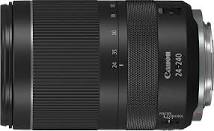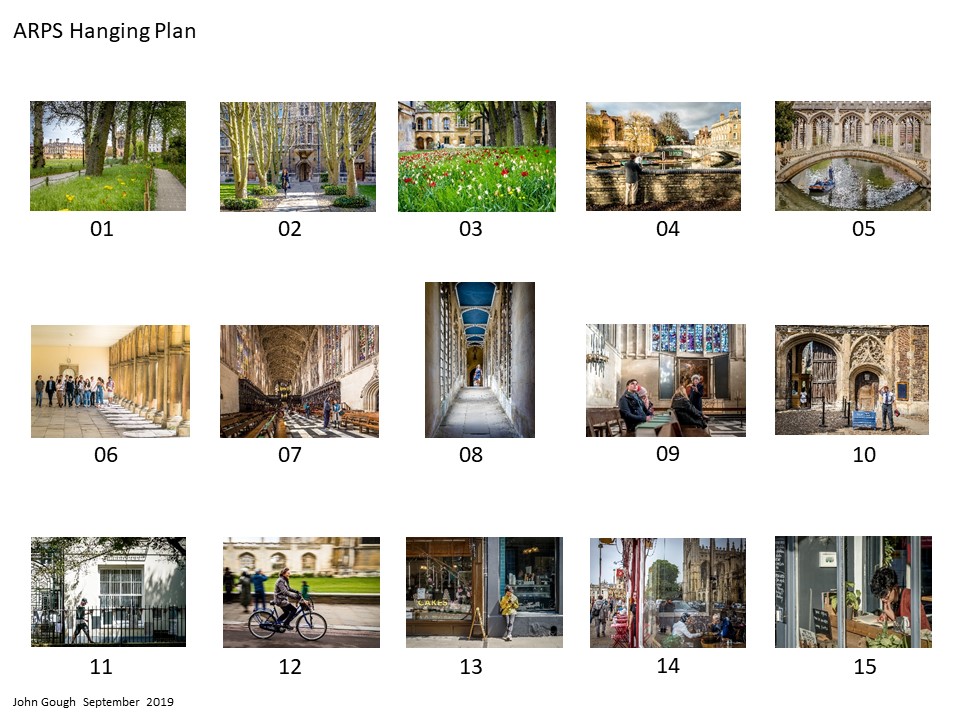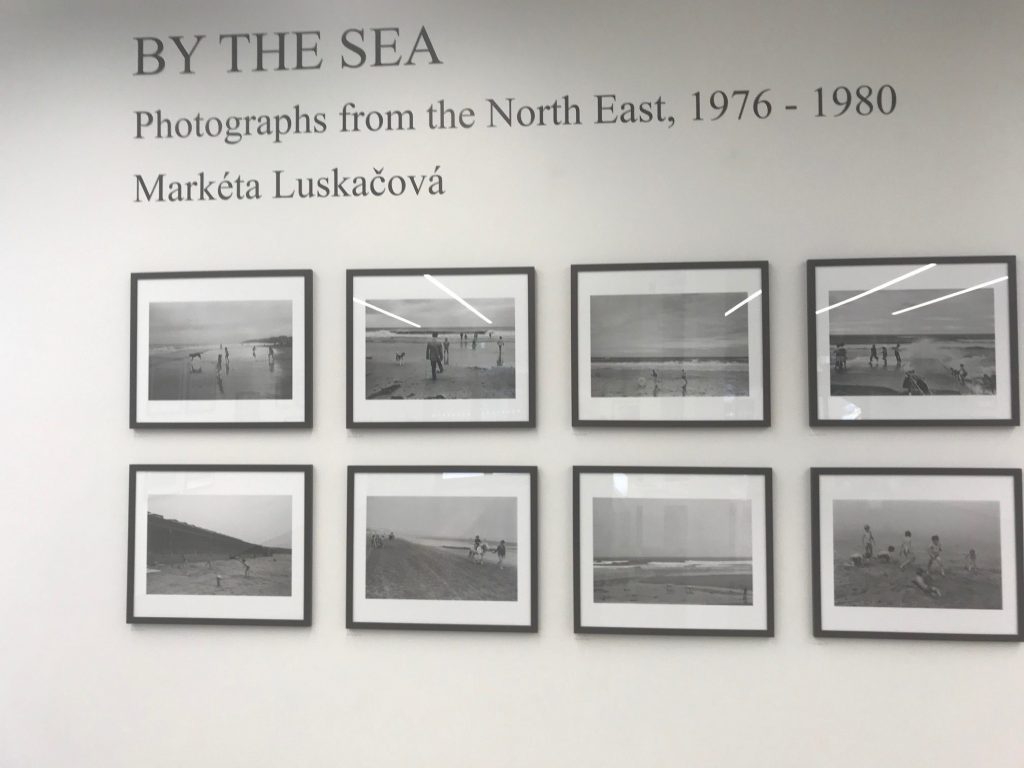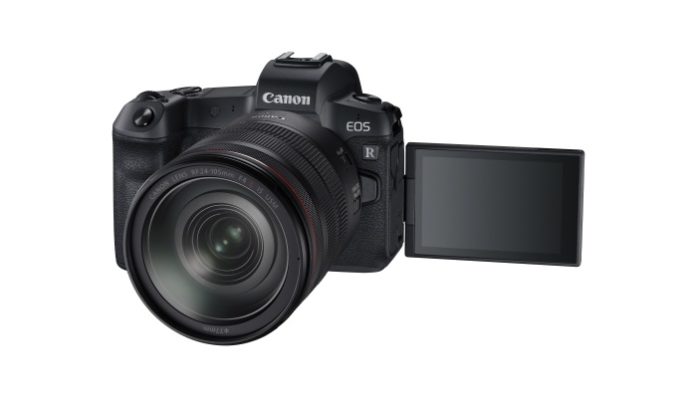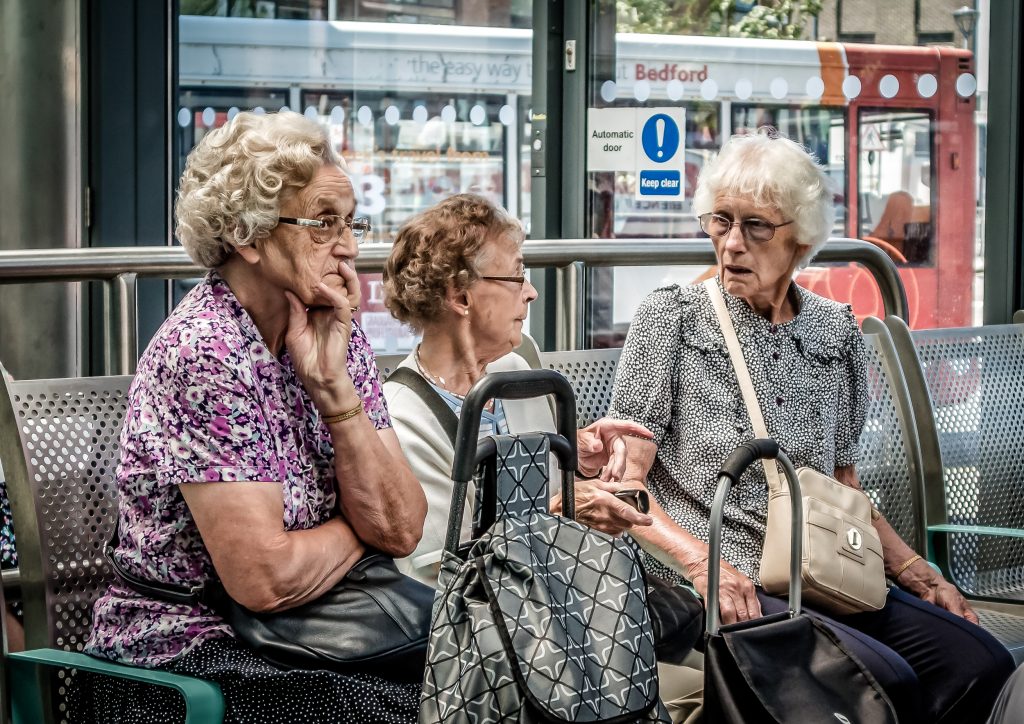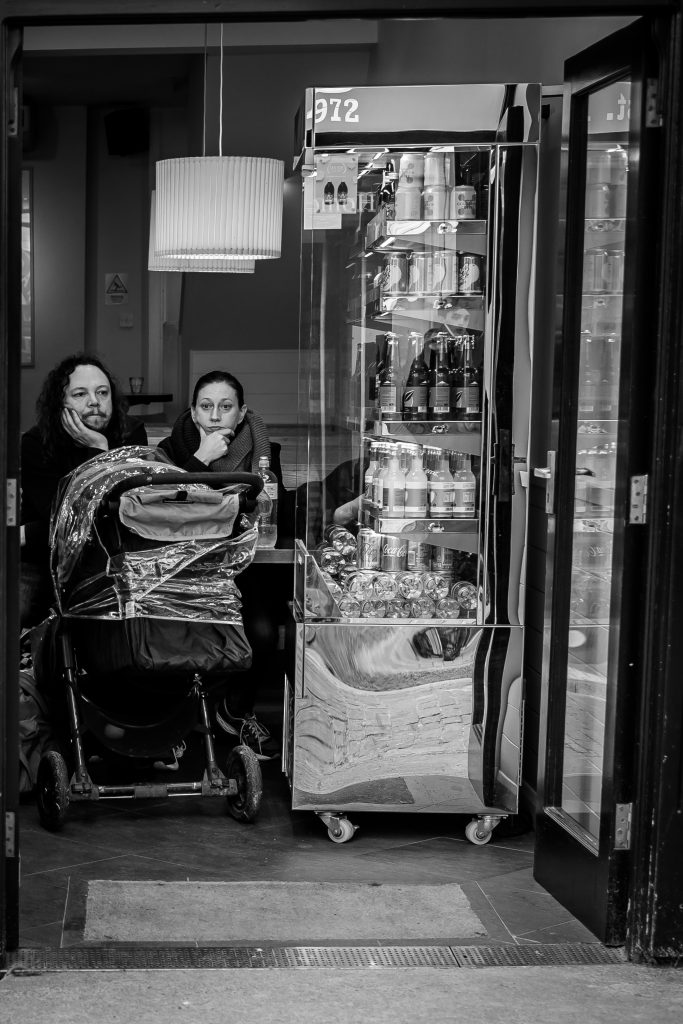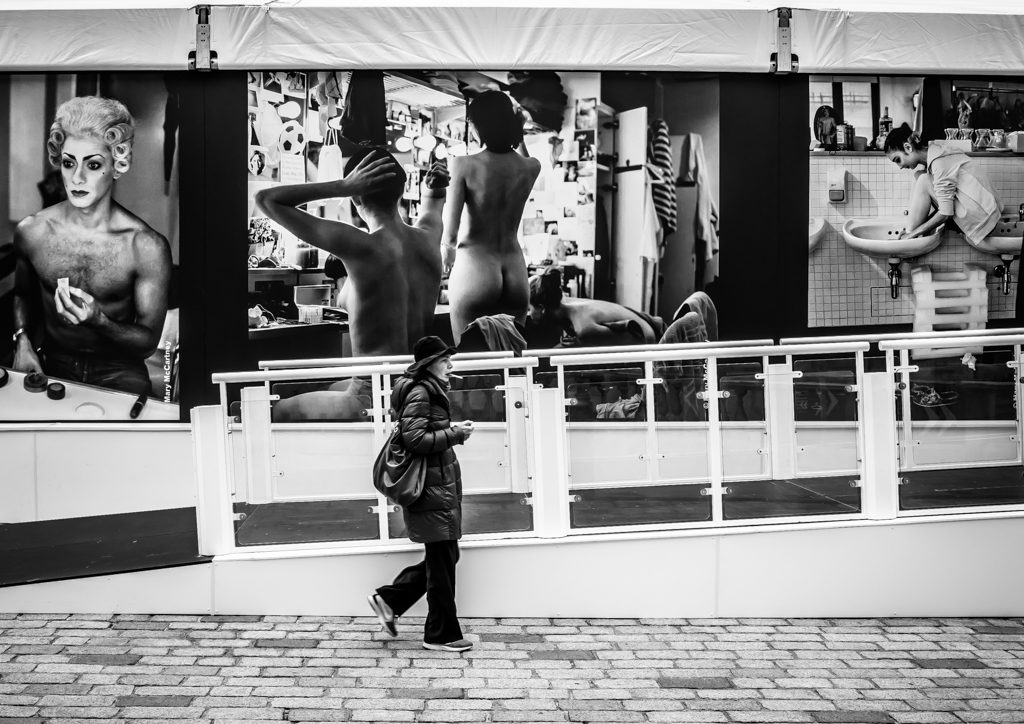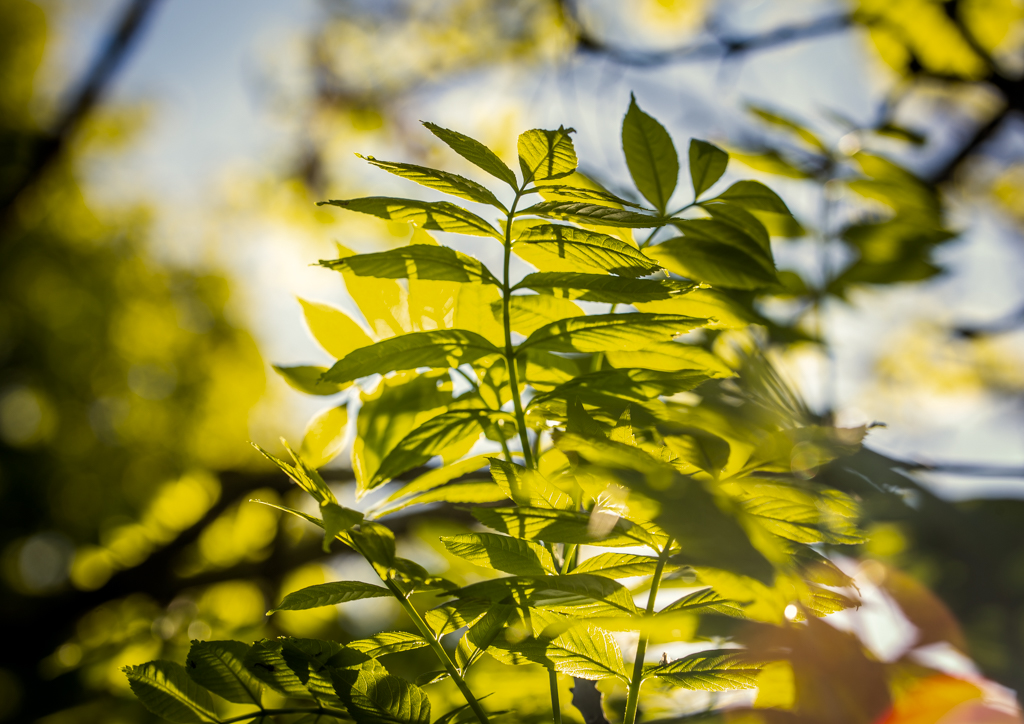I have for a long time been a fan of David Hurn’s work. In many ways, he is the photographer’s photographer. This is because he cares so deeply about the medium, and is so anxious to encourage anyone who wants to seriously point a camera.
I first came across his work when I saw a BBC Two documentary: A Life in Pictures, which I have included above.
I also have a gallery of his work here.
Hurn is a massively successful photographer and a founder member of Magnum. In 2017, Hurn gifted two collections of photographs to the National Museum Wales; approximately 1,500 of his own photographs that span his sixty-year career as a documentary photographer; and approximately 700 photographs from his private collection of ‘swaps’, which he has compiled throughout the course of his career.
I have been reading, On Being a Photographer, A Practical Guide, written by Bill Jay. A conversation between him and his friend David Hurn.
On Being a Photographer
I have curated some quotes from Hurn, that are in the book and that should inspire any serious photographer.
“My advice is: learn from the best or teach yourself. And do not bother at all if you do not have an exaggerated sense of curiosity.”
For David, photography is inextricably linked with life; the photographer is not invisibly behind the camera but projecting a life-attitude through the lens to create an interference pattern with the image.
“just wandering around looking for pictures, hoping that something will pop up and announce itself, does not work. Sorry about that, photographers, if it offends your fantasy of how a photographer behaves!”
“The photographer must have intense curiosity, not just a passing visual interest, in the theme of the pictures. This curiosity leads to intense examination, reading, talking, research and many, many failed attempts over a long period of time”.
“The best pictures, for me, are those which go straight into the heart and the blood, and take some time to reach the brain”.
“In all cases the pressing of the button is a reasonably continuous process, because you never know if the next fraction of a second is going to reveal an even more significant, poignant, visually stronger image than the previous one”.
“frames build up to a crescendo where a gesture, expression, or arrangement of shapes, signal that the image is captured — or the sequence abruptly ends because the event has collapsed”.
“Then someone who knows little about this way of working will see a single image, say in a book or at an exhibition, and think: that was a lucky shot!”
“Josef Koudelka who was shooting pictures around my cabin. I couldn’t understand what he was seeing, as the images seemed to have no connection with his known work. He said: “I have to shoot three cassettes of film a day, even when not ‘photographing,’ in order to keep the eye in practice.” That made sense. An athlete has to train every day although the actual event occurs only occasionally”.
The book is full of good advice and does not pretend that photography is easy and that anyone can do it.
